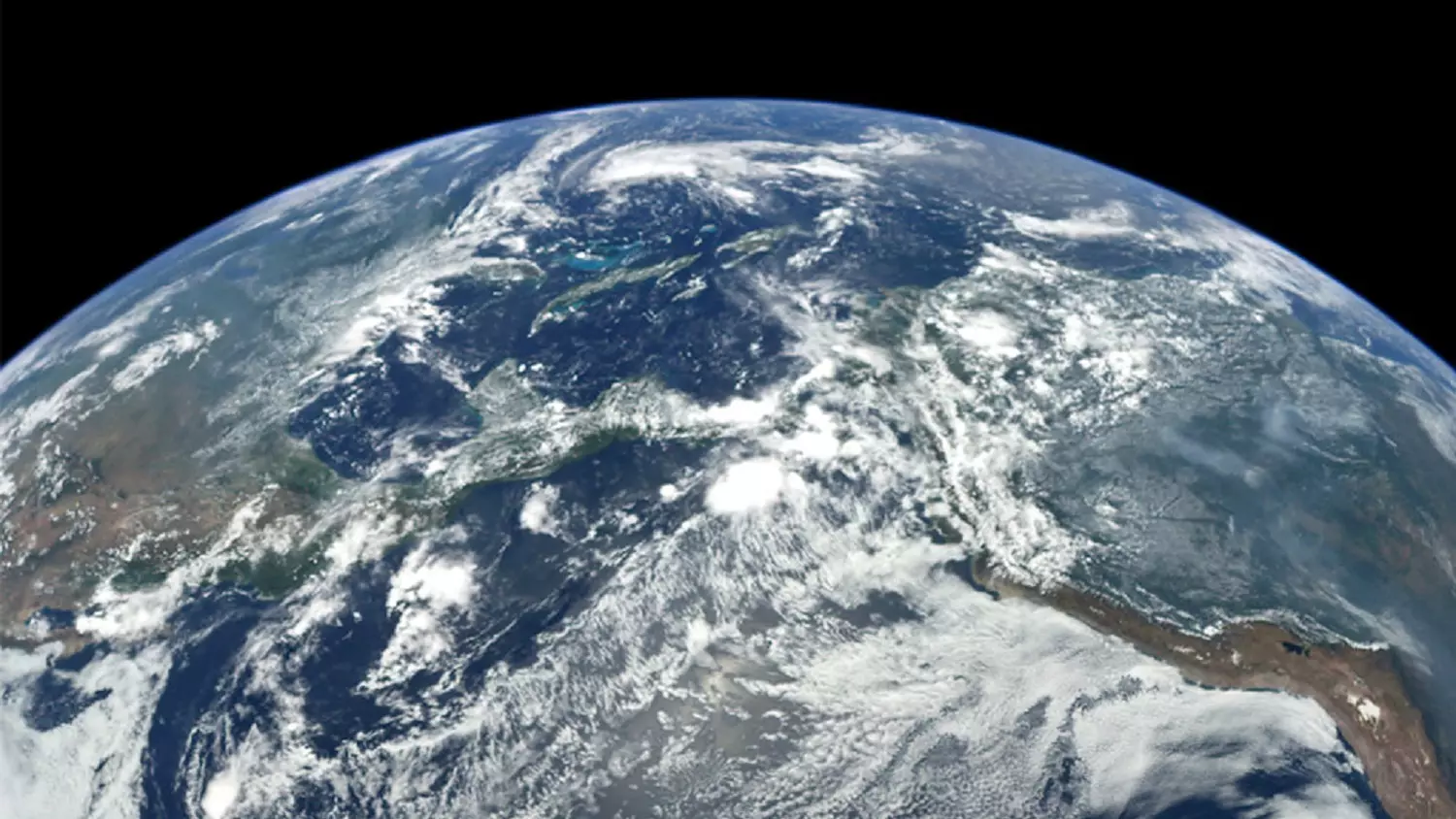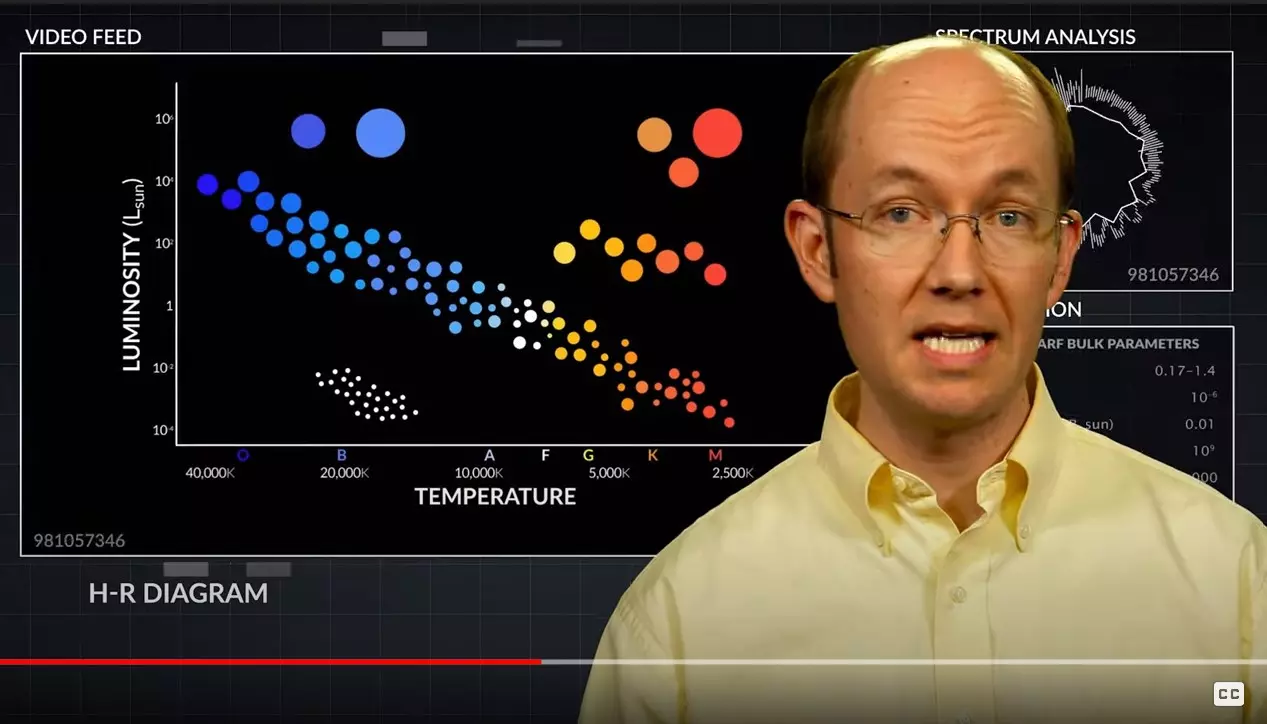[Originally published as This Study Says That More Carbon Dioxide Will Not Cause Much More Warming]
Carbon dioxide absorbs the infrared radiation that the earth emits, trapping it before it leaves the planet. This warms up the atmosphere, making the earth a haven for life. Obviously, then, the more carbon dioxide we put into the atmosphere, the warmer it will get, right? Not necessarily!
As I tell my high school and university students over and over again:
Science isn’t simple!
As a result, conclusions that seem “obvious” to most people (even most scientists) are often absurdly wrong. A recently-produced study that has not yet been published in the peer-reviewed literature makes this case about carbon dioxide and global warming, aka “climate change.”
The “obvious” conclusion that more carbon dioxide means more global warming ignores the fact that carbon dioxide doesn’t absorb all the infrared radiation it encounters. Instead, it only absorbs specific wavelengths. In addition, the amount of each wavelength that carbon dioxide can absorb varies with
- wavelength,
- the temperature at which the absorption happens,
- the concentration of the gases in the surroundings, etc., etc.
Because of such effects, there comes a time when adding more carbon dioxide to the atmosphere has a negligible effect on the amount of infrared radiation absorbed. When that happens, you have reached saturation, and increasing the amount of carbon dioxide will not increase the atmosphere’s warming.
Now all of this is well known, and most global warming models attempt to include these effects in their calculations.
The problem is that they treat them in a crude way
This is understandable, since a model that is trying to simulate the entire atmosphere has to consider a lot of things. As a result, most of them are treated crudely so that the model doesn’t become overwhelmingly convoluted. That’s where this unpublished study comes in. The authors test the effect of treating the science related to saturation crudely, and they say it renders the models pretty much useless when it comes to understanding how carbon dioxide affects the present atmosphere.
How do they come to this conclusion?
- They consider more than 300,000 different infrared wavelengths that carbon dioxide and other greenhouse gases (water, ozone, methane, and dinitrogen oxide) absorb.
- They compute how much the gases will warm the atmosphere by absorbing each wavelength.
First, they make the computation without considering details like the temperature, the other gases in the atmosphere, etc. This is roughly equivalent to how current models treat the situation.
Then, they do it considering all those details, using the present makeup of the atmosphere.
They find that in the present atmosphere, the amount that more carbon dioxide can contribute to global warming is 10,000 times smaller than what current models assume.
The same can be said for water vapor. For carbon dioxide and water vapor, then, the atmosphere is very, very close to saturation. As a result, more carbon dioxide and water vapor in the atmosphere will not warm the planet in any meaningful way. Ozone, dinitrogen oxide, and methane are also close to saturation, but not nearly as close as carbon dioxide and water vapor.
How do we know that their analysis is correct?
We don’t.
When they compare their calculations of how much infrared radiation is being absorbed for each wavelength to what satellites have been measuring, they see virtually no difference. Thus, their calculations seem to reflect reality very well.
However, I am not very knowledgeable about the details, so there might be fatal flaws in their analysis that I am not seeing. Once again, science isn’t simple.
I really hope this gets published in the peer-reviewed literature so that experts can weigh in on the conclusions. Unfortunately, I am not confident this paper will get that far. If its conclusions are correct, then there is absolutely no basis for the fear-mongering that surrounds carbon dioxide emissions.
There are so many scientists whose careers have been made based on that fear-mongering, they may simply keep the paper from being published.
Fortunately, science is self-correcting. One way or another, we will figure out the details related to this issue. It might take longer than it should, and it might be after terrible decisions have been made based on faulty climate science, but at some point in the future, we will find out whether or not these authors are correct. I hope it is sooner rather than later!







